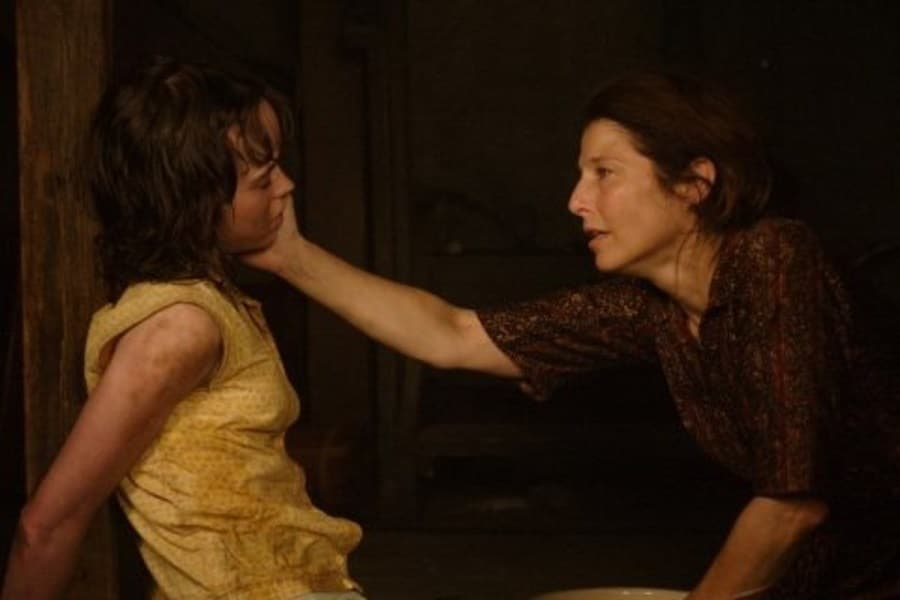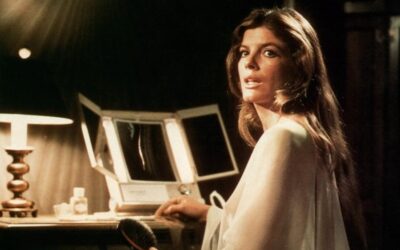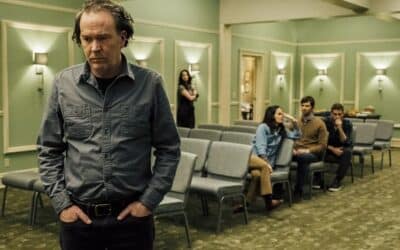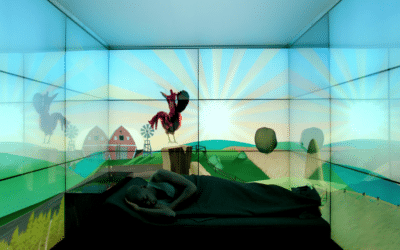
Darkness in Horror
Navigating the fog-laden alleyways of horror, whether in novels or on the silvery screens of TV and cinema, often feels like an expedition into the unknown. From grotesque monsters under the bed to disconcerting psychological thrillers that leave a lingering taste of paranoia, horror boasts a variety of shades. But, oh, there comes a question that’s harder to pin down than a ghost in an old mansion: how dark is too dark in horror?
Imagine peeling back the layers of an onion (a haunted onion, of course). The first layer might be the classic, harmless scares of Casper the Friendly Ghost. A few layers in, and there’s Stephen King’s Pennywise lurking, red balloon in tow. Delve deeper still, and one might uncover the abyss-like depths of Clive Barker’s imaginings. Each layer intensifies the flavor, but at what point does the taste become overwhelming?
Let’s first examine novels, those treasured tomes where words craft worlds and readers’ imaginations become the stage.
Classic novels, think Mary Shelley’s “Frankenstein” or Bram Stoker’s “Dracula,” operate in the realm of gothic horror. These are tales where terror seeps in like cold drafts through ancient castle windows. They’re eerie, yes, but still dance in the soft glow of candlelight. Even if the monster is chasing, there’s always a haven to retreat to.
Now, compare this to the newer age psychological horrors, such as Mark Z. Danielewski’s “House of Leaves” or Shirley Jackson’s “The Haunting of Hill House.” These novels imprison their readers within the labyrinthine corridors of the human mind. There might not be blood or gore, but the echoing voids of the psyche can be as chilling as any creature. These stories tend to leave their shadows behind, like fingerprints on a foggy window.
But the darkest of the lot? Novels that delve into the visceral, the gut-wrenching, and the gruesomely real. Take for instance Bret Easton Ellis’ “American Psycho” or Jack Ketchum’s “The Girl Next Door.” These stories traverse the murky territories of human depravity. No ghosts, no ghouls, just the chilling capabilities of humanity.
Flipping the switch to the realm of TV and movies, the journey through the spectrum of horror takes on a visual hue.
Who can forget the subtlety of TV shows like “The Twilight Zone”? Each episode was a lesson in eerie elegance, where the twist was king and the terror, although palpable, was always wrapped in a layer of thought-provoking intrigue.
Movies from the likes of Alfred Hitchcock, such as “Psycho” or “The Birds,” are masterclasses in the art of suspense. Here, the terror is drawn out, like a violin string stretched to its limit. The audience knows something’s coming, but the anticipation is where the true horror lies.
Now, it’s worth venturing into the heart-pounding arena of modern horror films. Movies such as “Hereditary” or “The Babadook” present a blend of psychological and supernatural horror. They’re a cocktail of classic and contemporary, but with a bitter aftertaste that tends to linger.
Yet, in this visual medium, it’s the graphic horror films like “Saw” or “Hostel” that often push the boundaries of the dark. They play with the senses, forcing audiences to witness the macabre dance of gore and violence. Many debate if this is horror in its purest form or gratuitous shock value.
In both novels and films, there’s a line, albeit a blurry one, between horror that evokes genuine fear and horror that simply repulses. The answer to “how dark is too dark?” is akin to staring into a black hole. It’s vast, it’s mystifying, and it varies from one individual to another.
Perhaps the true measure isn’t in the content itself, but in the aftermath. It’s the stories that continue to haunt, long after the last page is turned or the credits roll. The ones that linger, that make individuals question shadows or the creaking of an old floorboard.
As lovers of horror continue to seek out tales that push boundaries, there’s a thrilling uncertainty about what might come next. While the balance between ‘just right’ and ‘too dark’ is ever-shifting, one thing remains certain: horror’s embrace will continue to tantalize, terrify, and transcend. So, here’s to the delightful chill down the spine, the quickened heartbeat, and the eternal allure of the unknown.
More Horror Features
1970s Horror
The 1970s may be gone, but the fear they inspired remains
Horror Through the Ages
A Journey Through Time and Terror
Technology in Horror
When gadgets become nightmares



